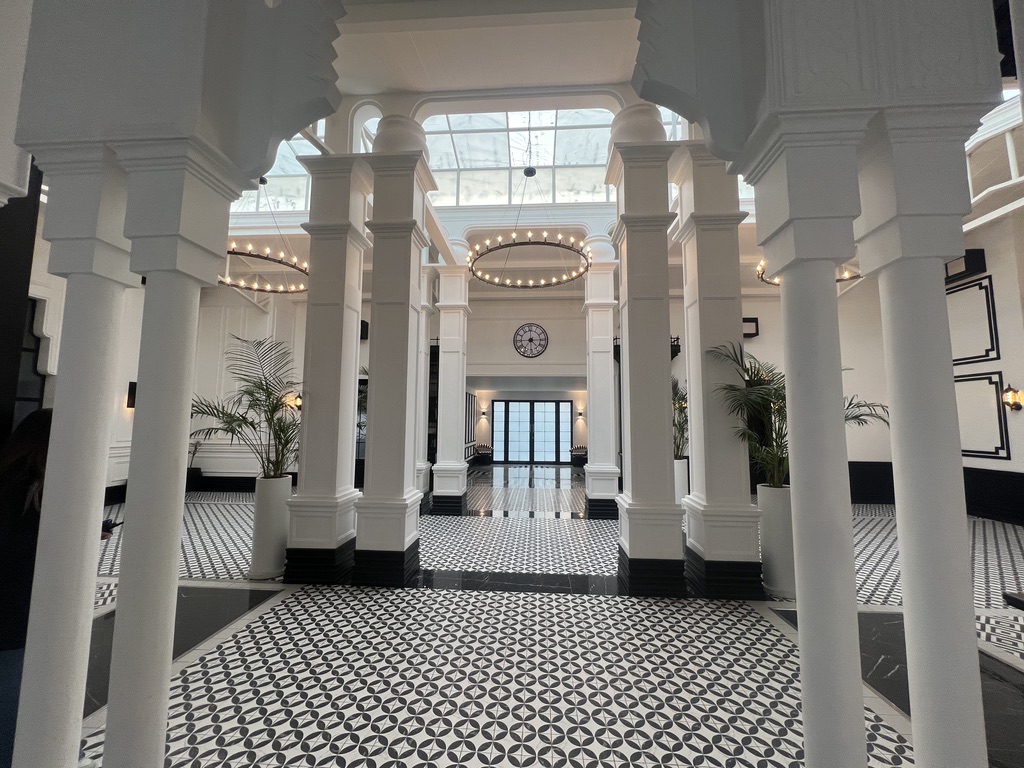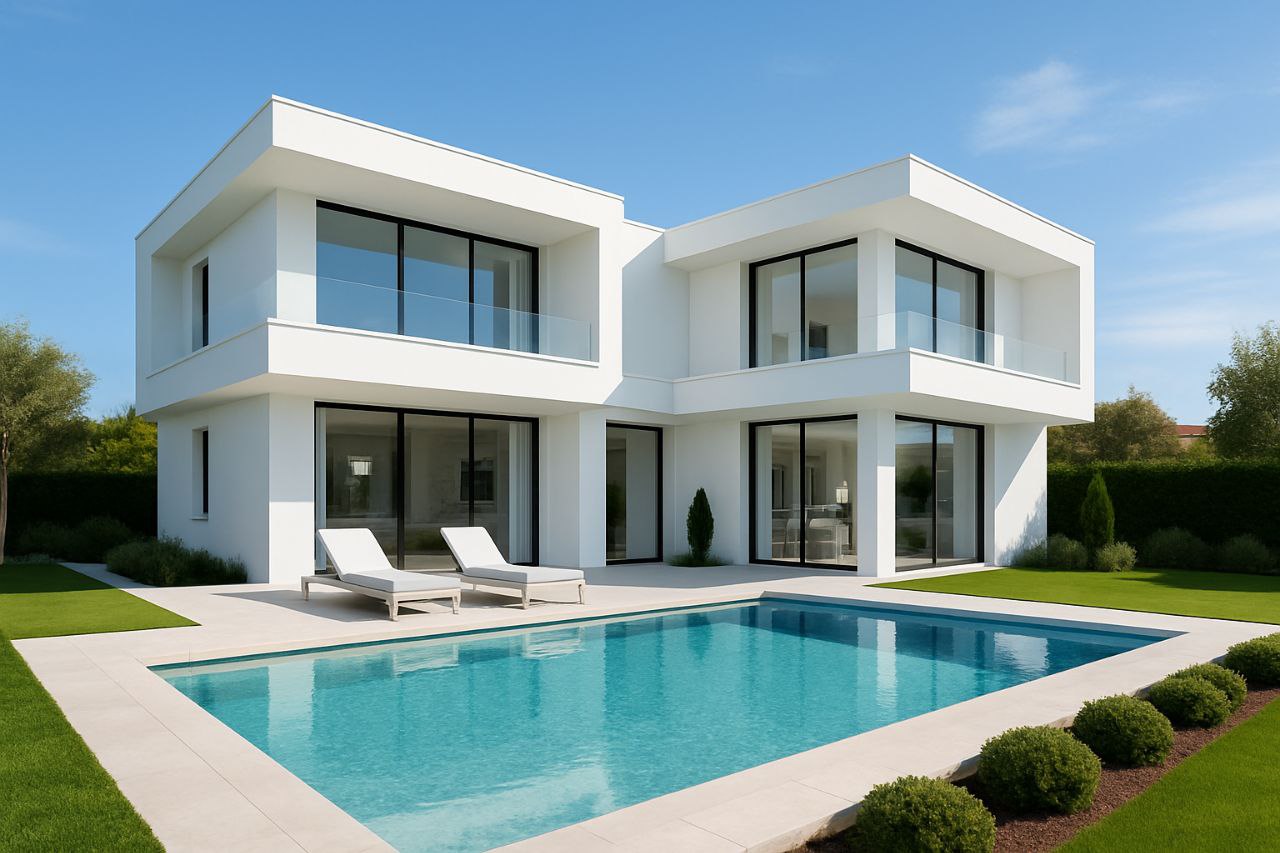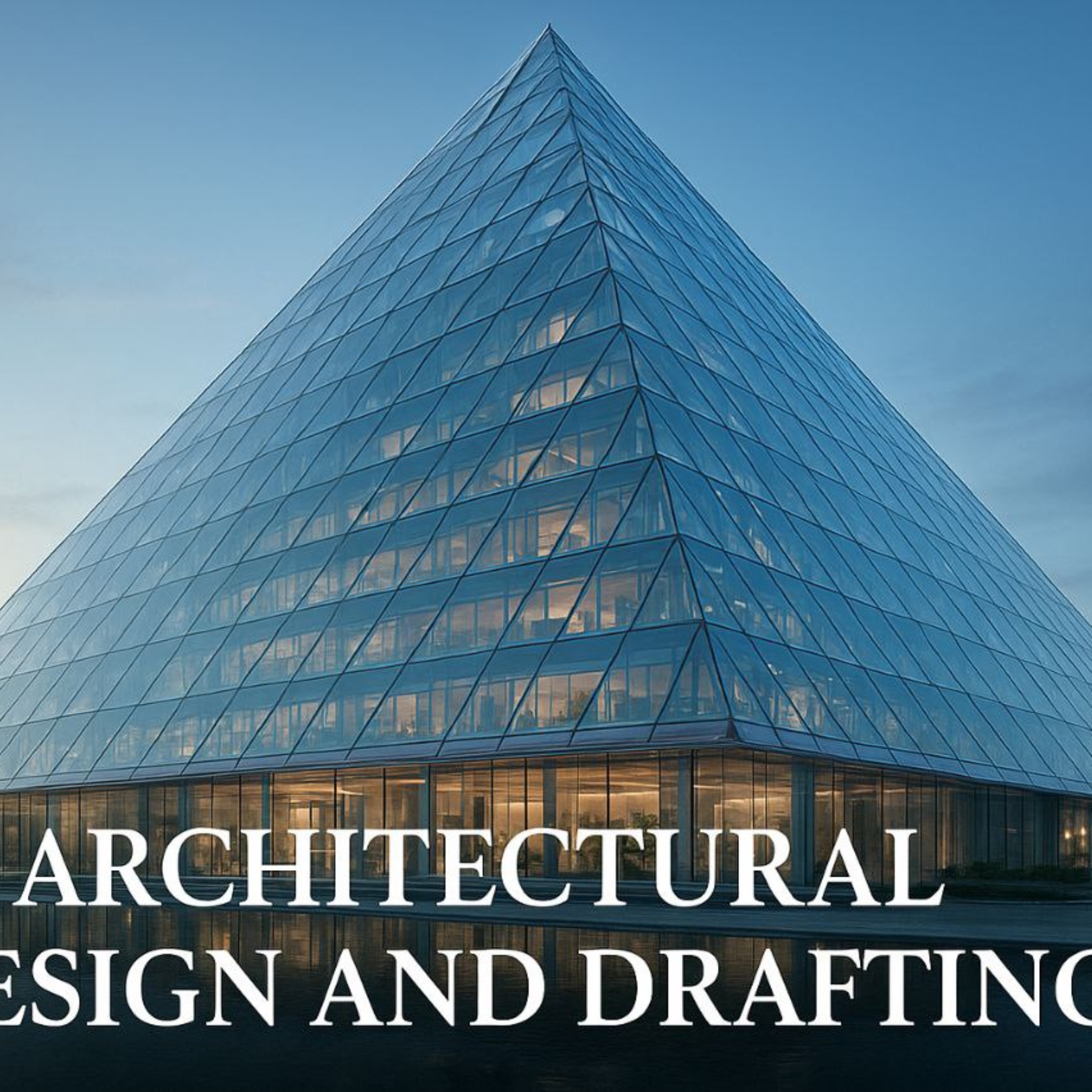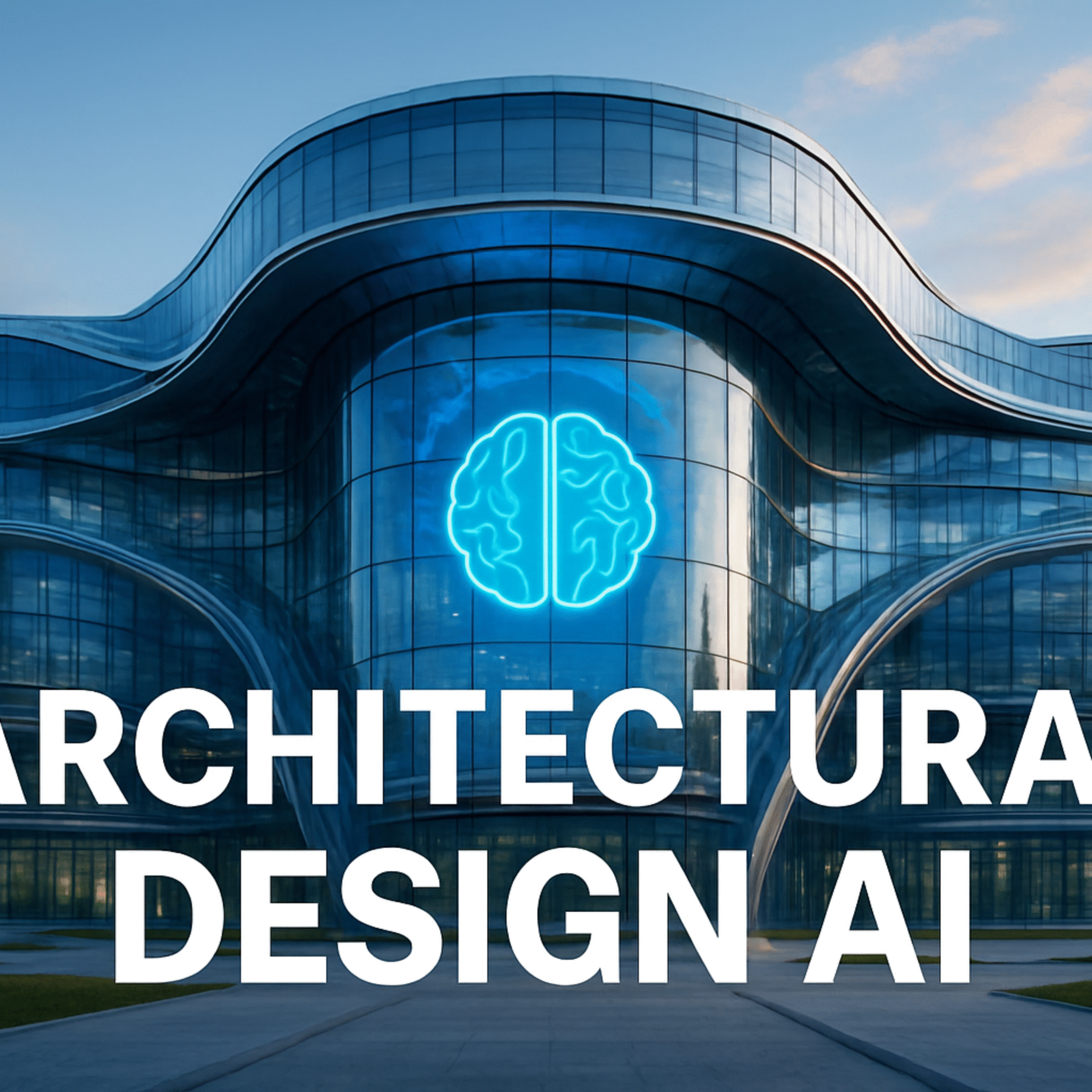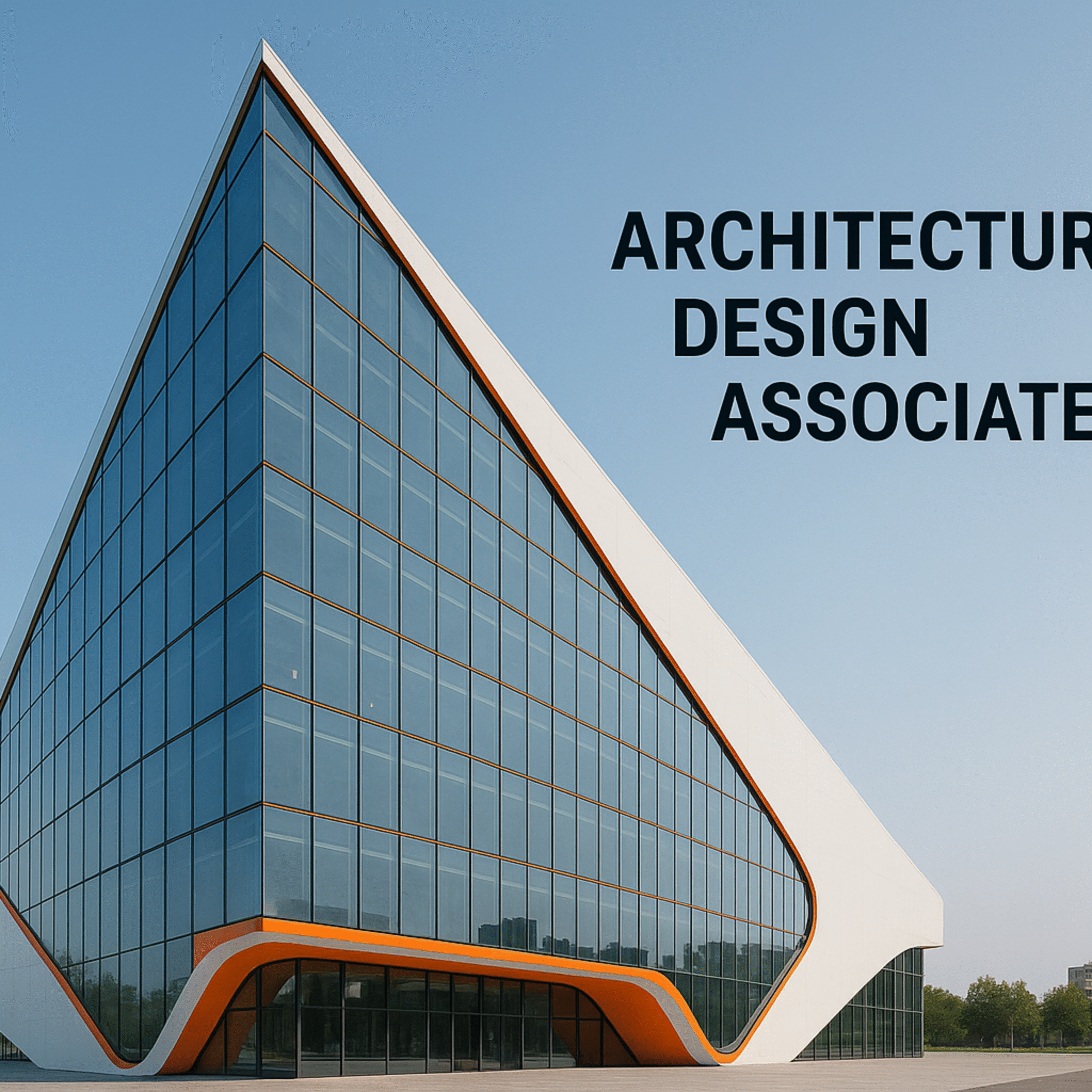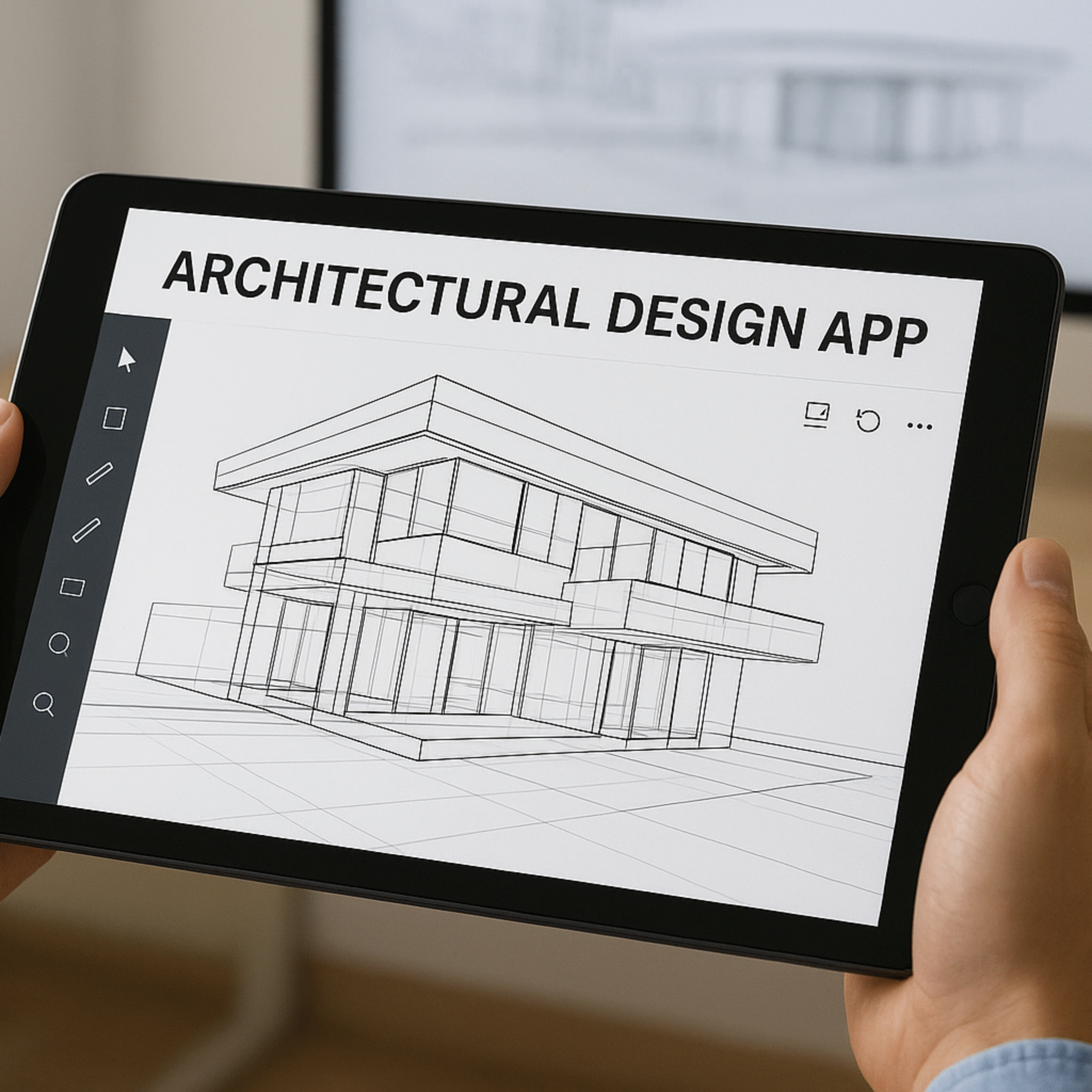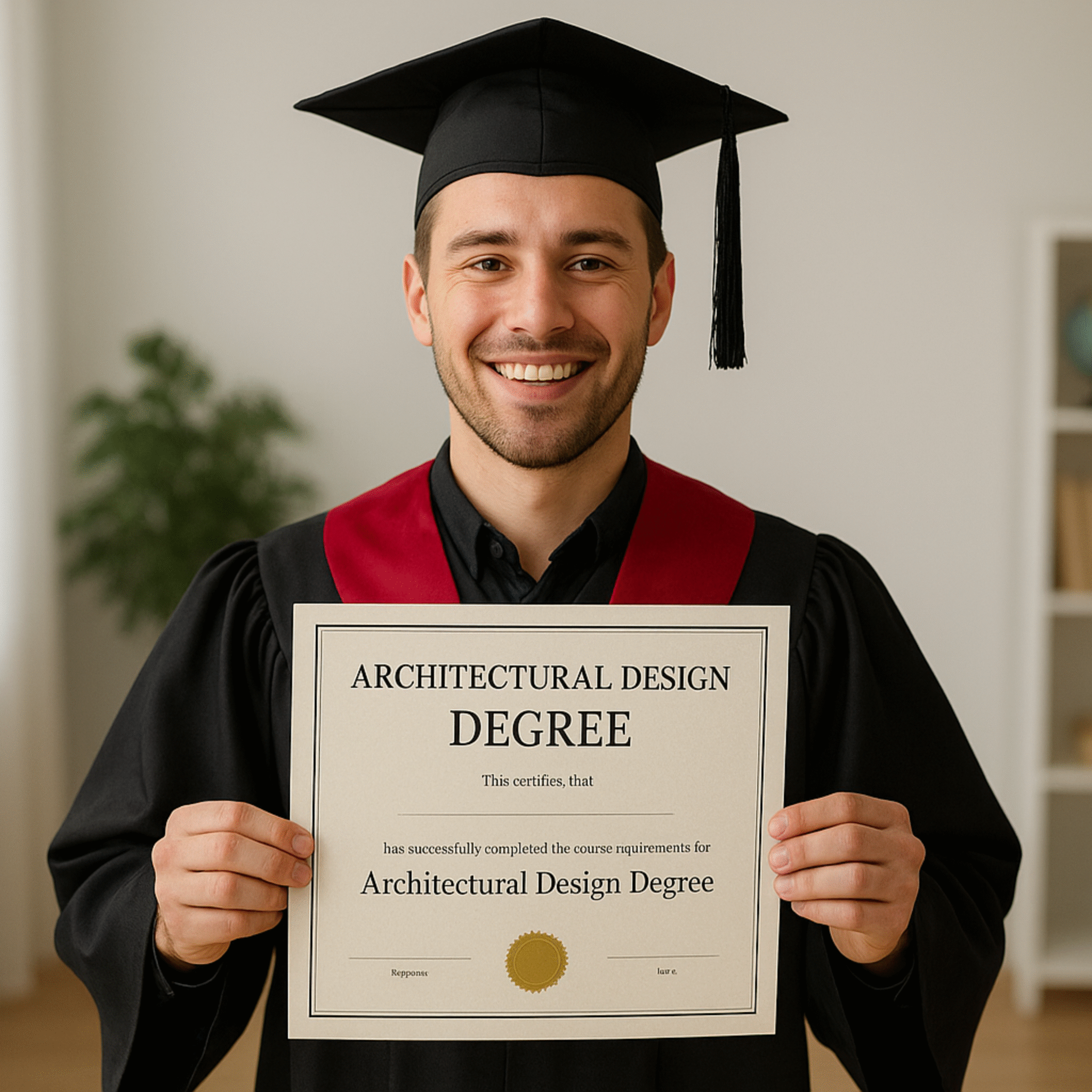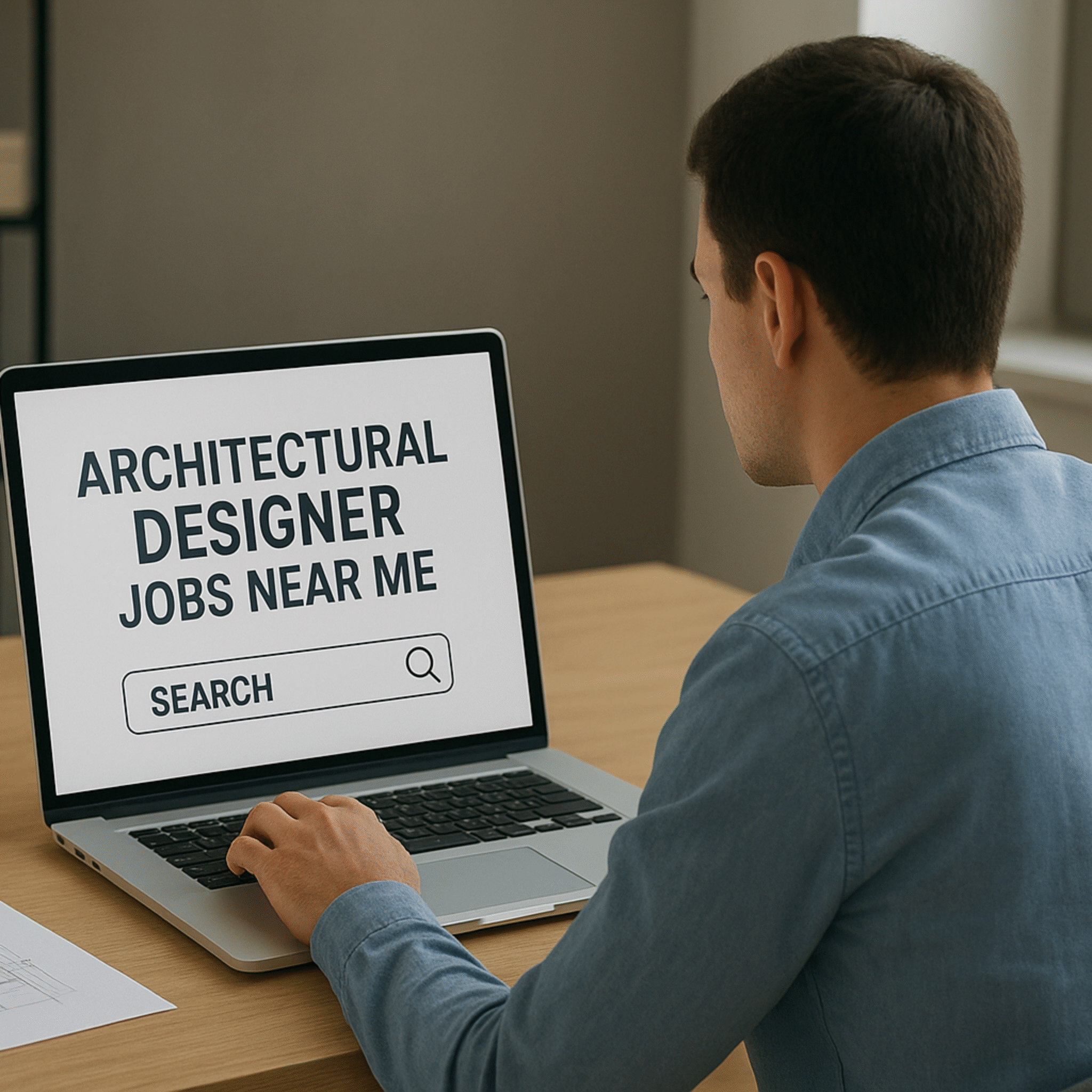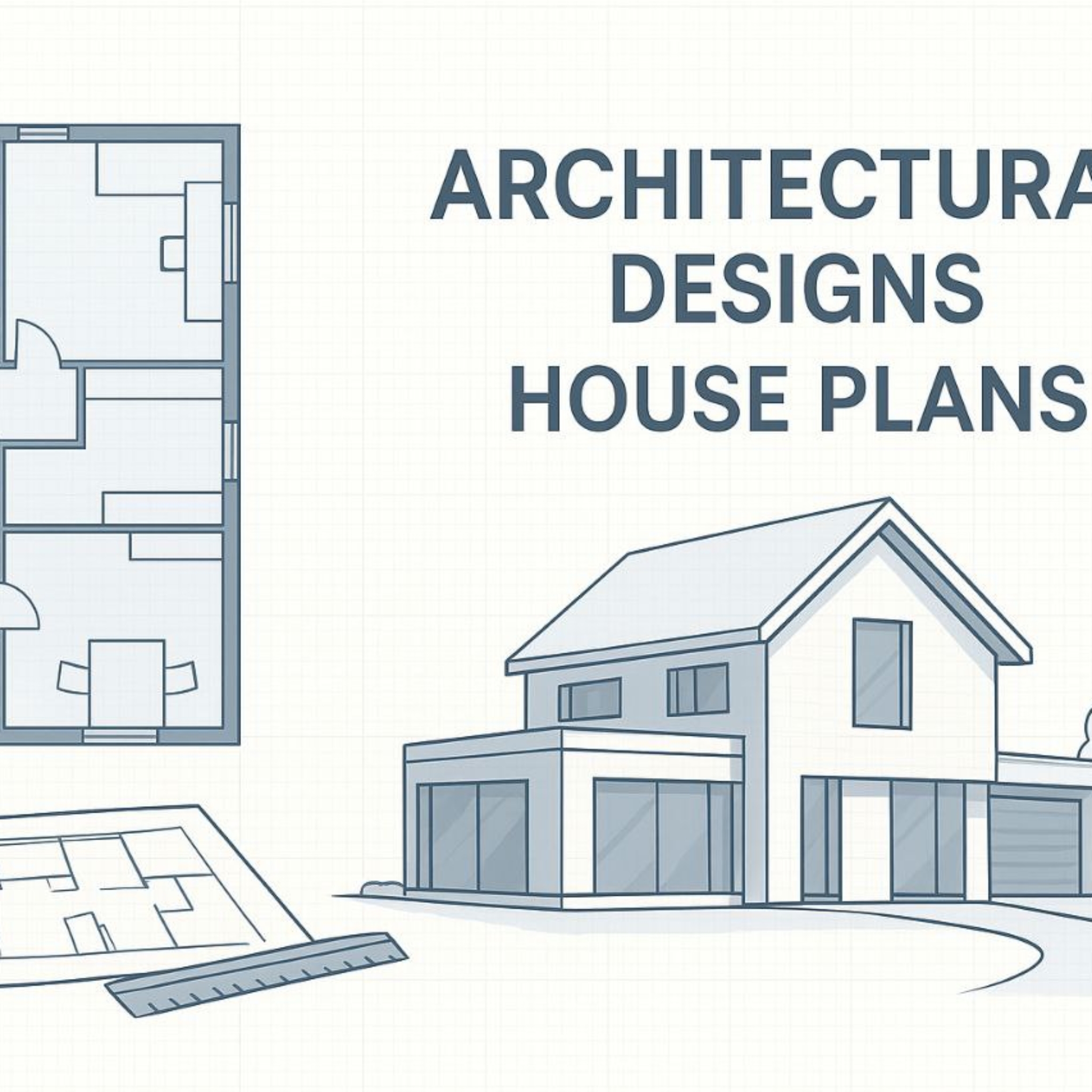🏗️ Top 10 Modern Architecture Trends That Will Shape 2025
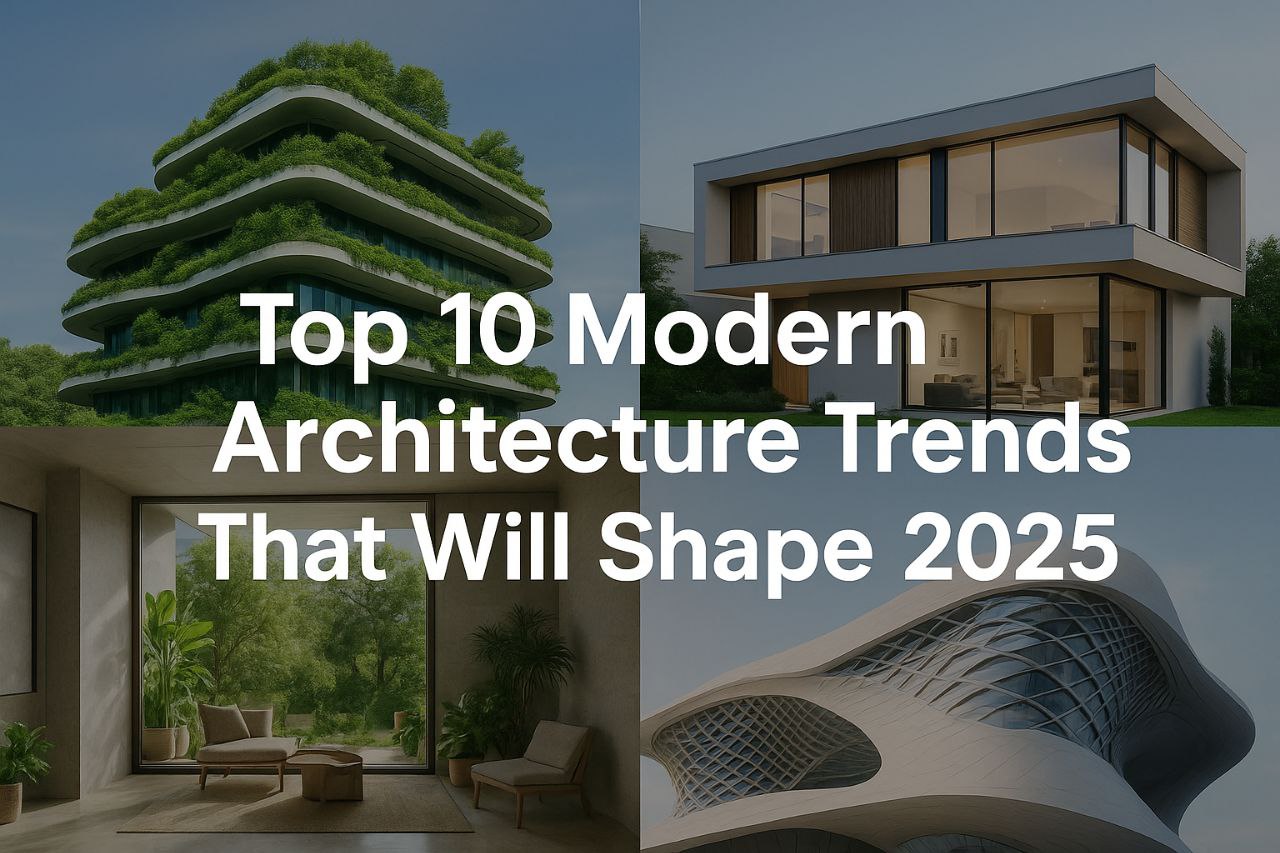
Modern Architecture Trends
Architecture has always reflected the way we live, work, and connect with our environment. As we step into 2025, modern architecture is no longer just about aesthetics—it’s about sustainability, technology, functionality, and human well-being. From eco-friendly designs to futuristic digital innovations, the following trends are shaping the future of architecture worldwide.
🏗️ Top 10 Modern Architecture Trends That Will Shape 2025
1. Sustainable and Green Architecture
Sustainability is no longer optional. In 2025, architects are focusing on energy-efficient buildings, solar panels, and recycled materials. Green rooftops and vertical gardens are becoming standard in urban environments, helping reduce pollution and create healthier spaces.
2. Smart Homes Integration
The rise of AI-powered smart systems is transforming how homes function. Architecture is evolving to seamlessly integrate voice-controlled lighting, automated climate control, and security systems into building designs. Smart homes are now designed to be both intuitive and energy-efficient.
3. Biophilic Design
Bringing nature indoors is a growing priority. Expect to see more natural light, indoor plants, water features, and organic materials in architectural projects. Biophilic design not only improves mental health but also increases productivity in residential and office spaces.
4. Minimalist Living Spaces
With urban populations rising, architects are maximizing functionality in smaller spaces. Clean lines, open floor plans, and minimalist interiors continue to dominate modern living, creating homes that feel spacious yet practical.
5. Adaptive Reuse of Old Buildings
Instead of demolishing historic structures, architects are creatively repurposing them. Old factories, warehouses, and even churches are being transformed into modern residential and commercial spaces—blending tradition with innovation.
6. 3D Printed Architecture
3D printing technology is revolutionizing construction. Entire houses can now be printed in days using sustainable materials, significantly reducing costs and labor. This trend is expected to expand rapidly in 2025.
7. Modular and Prefabricated Homes
Speed and affordability are key drivers behind modular construction. Prefabricated homes can be built in factories and assembled on-site within weeks, making them ideal for urban expansion and disaster relief projects.
8. Net-Zero Energy Buildings
As climate change concerns grow, net-zero energy buildings are becoming the gold standard. These structures produce as much energy as they consume through renewable sources, setting a new benchmark for eco-friendly living.
9. Flexible Multi-Purpose Spaces
The shift toward hybrid living—working, relaxing, and socializing at home—demands adaptable spaces. Sliding walls, convertible furniture, and multifunctional layouts are redefining how we use interior space.
10. Parametric and Futuristic Designs
Powered by advanced software and AI, parametric architecture allows architects to create fluid, futuristic shapes never seen before. Expect more curved facades, bold geometric patterns, and digitally inspired designs in 2025.
The architecture of 2025 is innovative, sustainable, and deeply human-centered. Whether it’s a smart home that responds to your lifestyle or a green building that nurtures the planet, these trends are reshaping how we design and experience our spaces.

